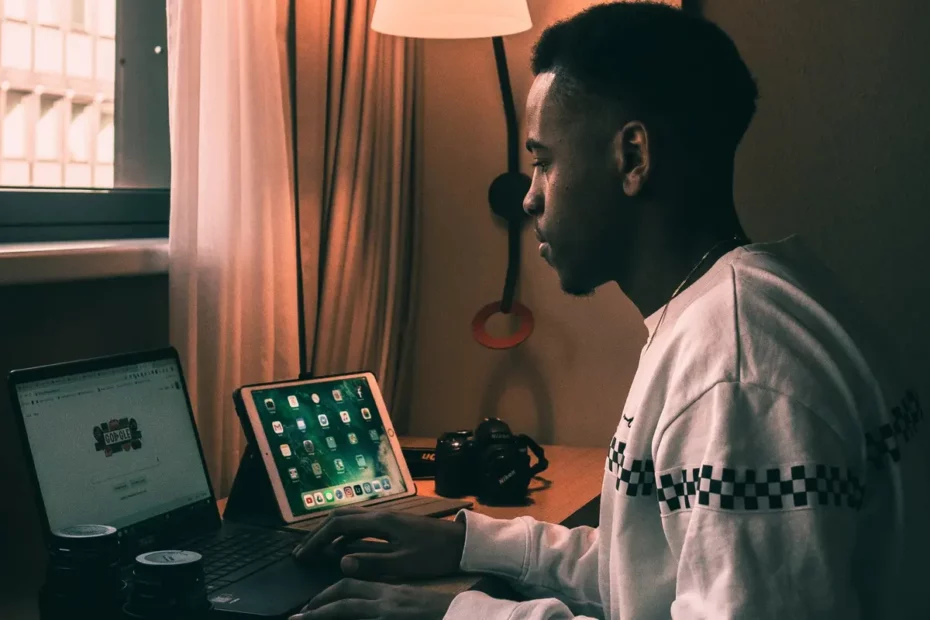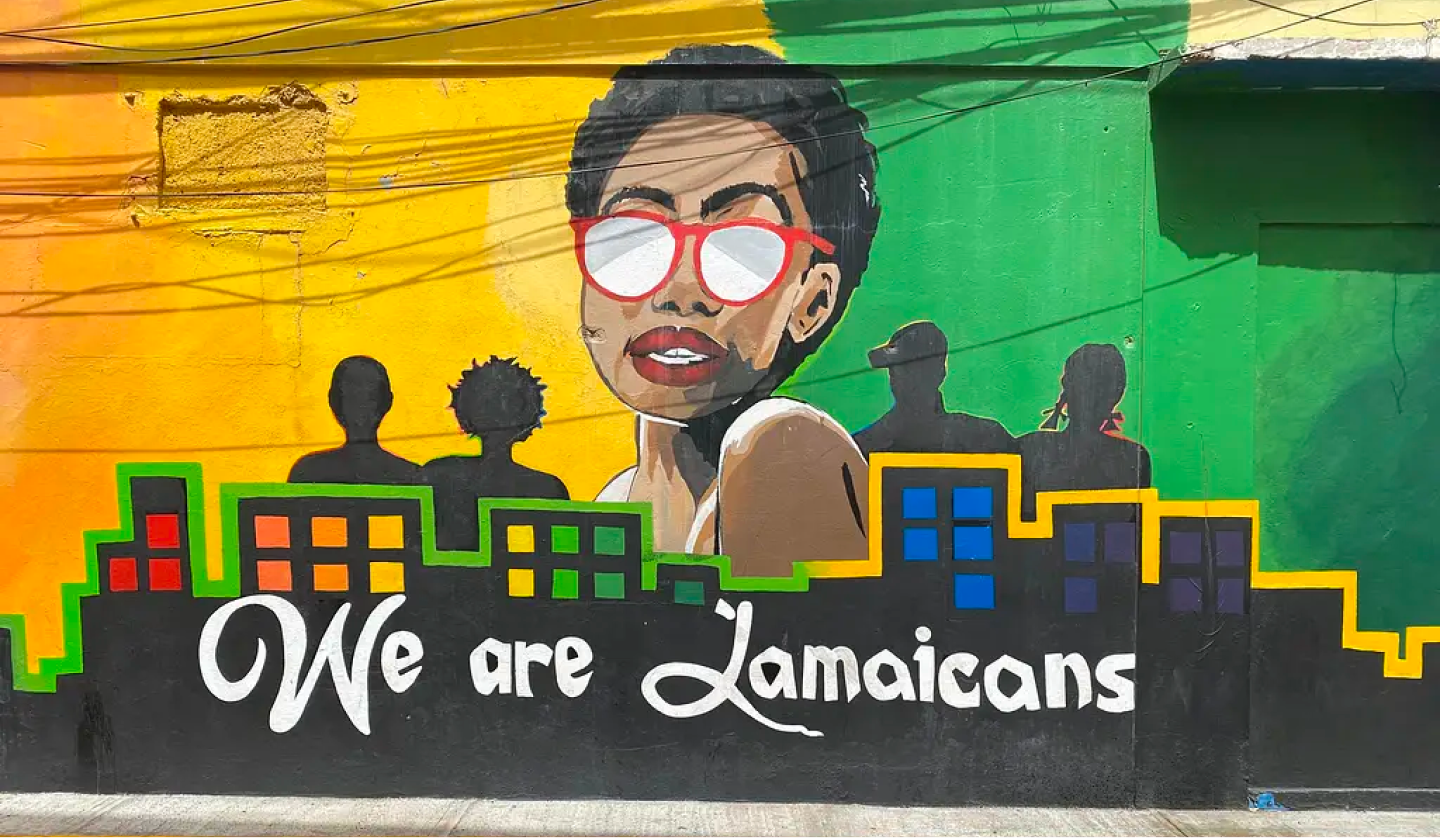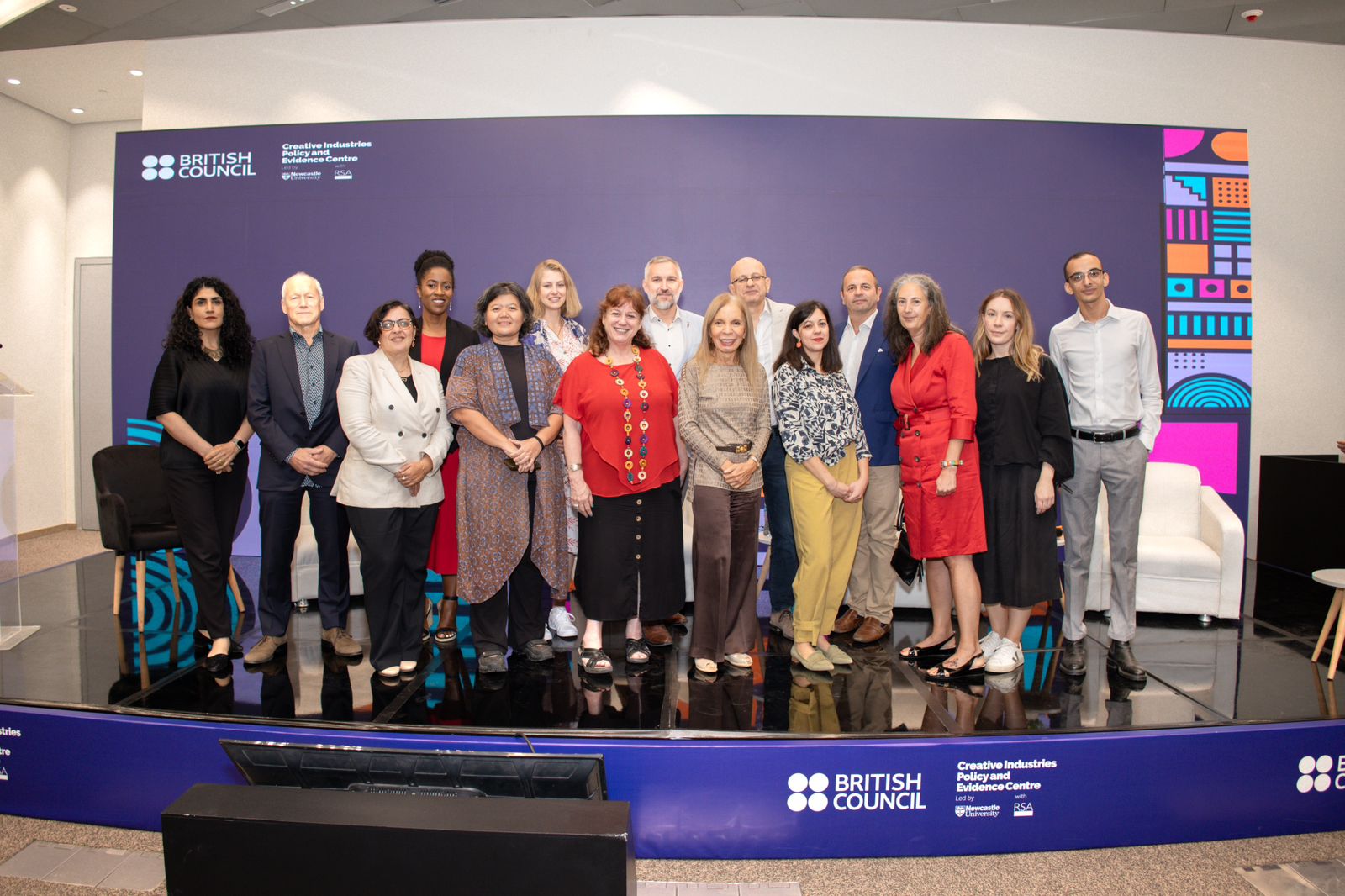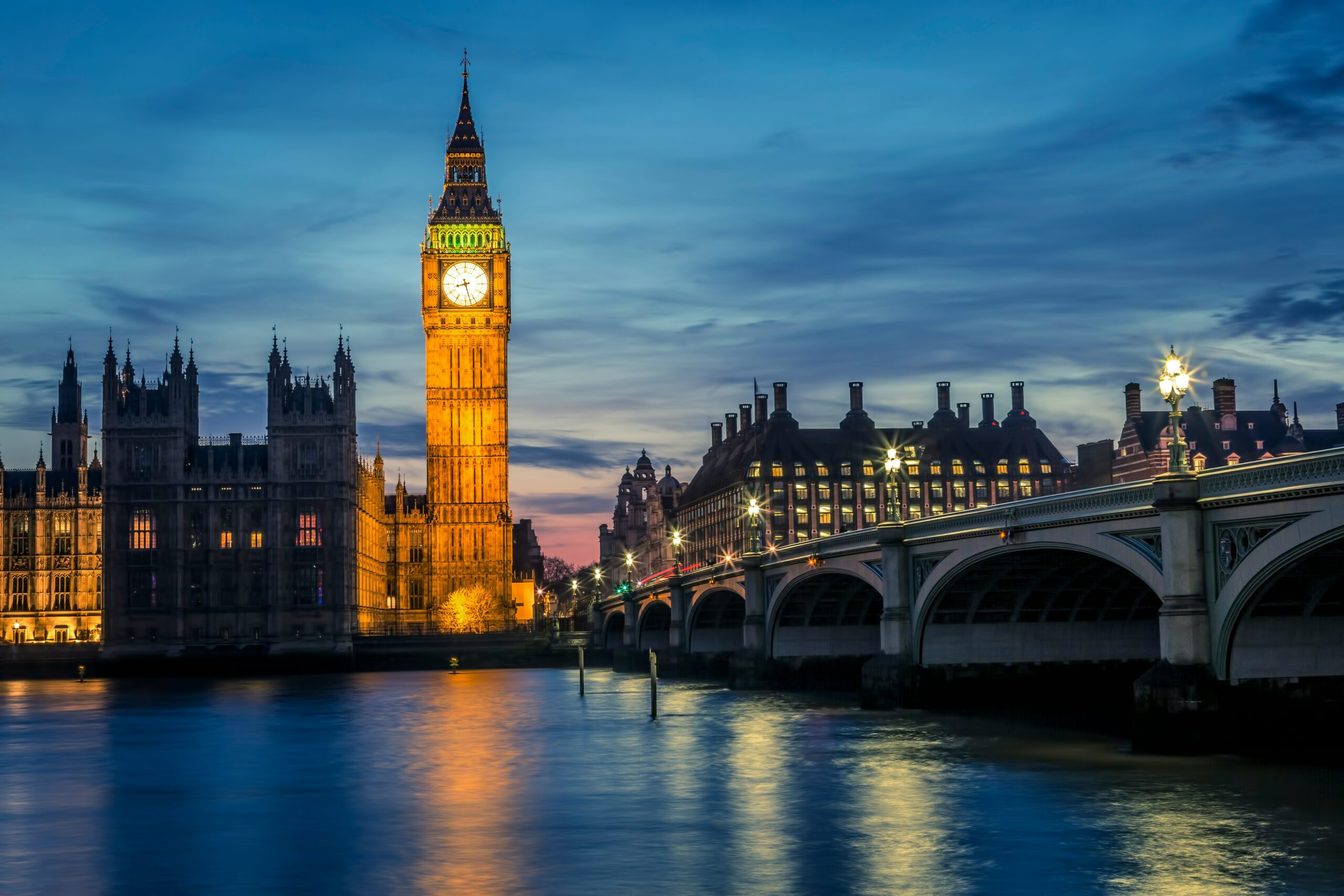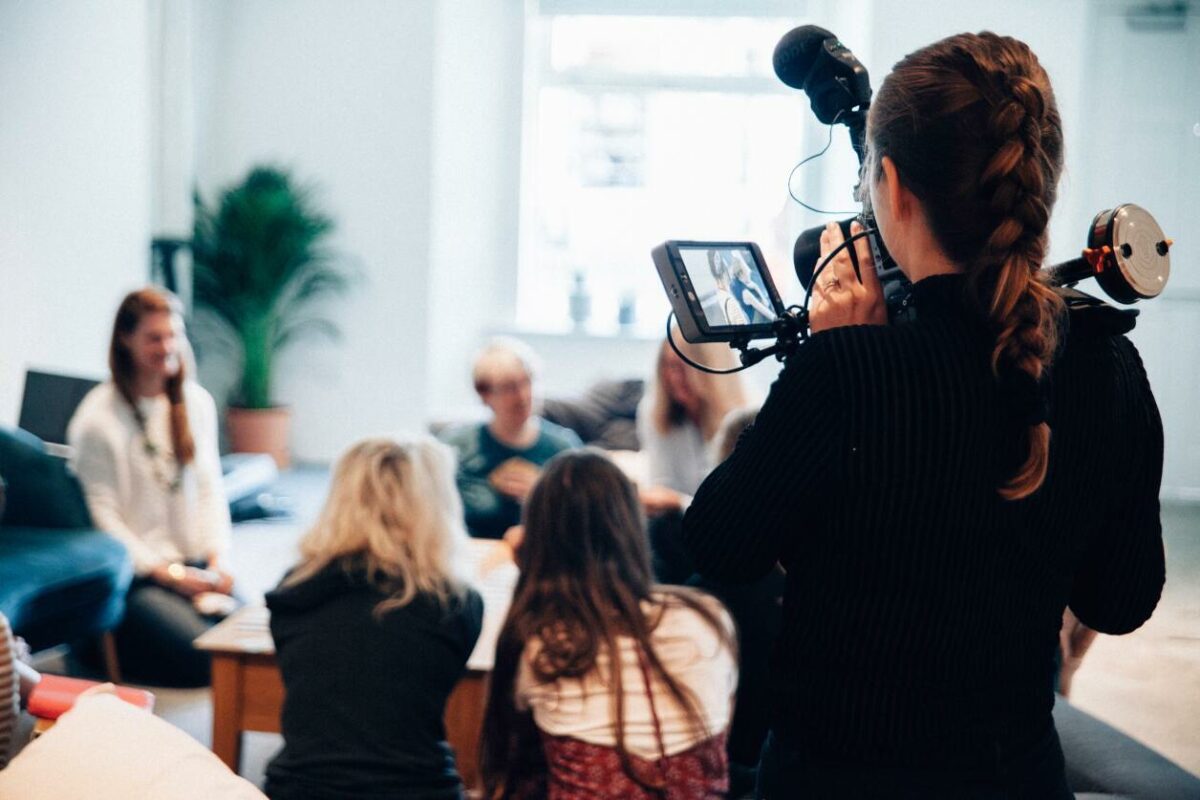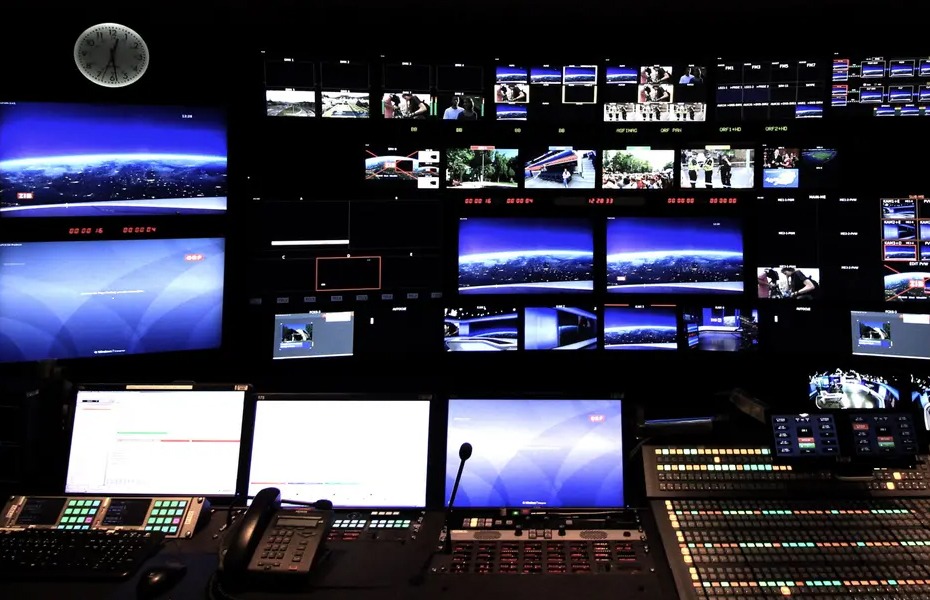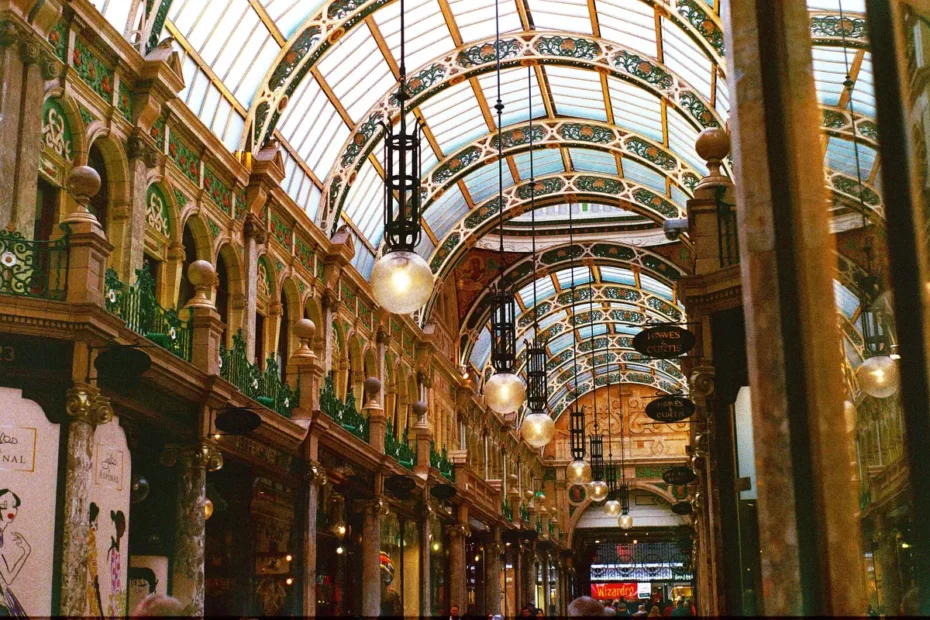Lockdown has had a calamitous impact on the arts and cultural sector, especially, but by no means exclusively, on venue-based organisations. The sector is naturally looking to digital means of reaching audiences. To help it rebuild from the crisis, we need to do all we can to understand how and why the public engages with digital culture in all its forms, from film, music, books and video games to digital collections and online theatre.
Take the case of England, where the crisis (so far) has played out in four phases. The first saw a national lockdown, impacting on us all, albeit differently according to the socio-economic characteristics of individuals and families. In the second phase, there followed an easing of lockdown restrictions; in the third phase, some parts of the country went into local lockdown at different points in time, and in the fourth, we entered the (present) second national lockdown, albeit one less restrictive than the first. By tracking the changing behaviour of the same group of individuals but in different circumstances over these periods we can gain insights into not only how the public engages with digital culture, but also why by inferring when behaviour changes as a result of lockdown. To exploit this research opportunity, we partnered with the Intellectual Property Office (IPO) in initiating a cohort study early in lockdown. We surveyed adult individuals at nine points in time, beginning on 9th April and for the final time on 27th September. The first six waves of data collection were conducted at weekly intervals while the nation was in lockdown, and – thanks to funding from UK Research and Innovation – three additional waves were conducted roughly one month apart in July, August and September, beginning after the easing of lockdown restrictions on 4th July.
In the study, we learned, for example, that while the public engaged heavily in a variety of forms of digital culture in lockdown, they spent more time on average watching TV than on watching film, listening to music, playing games or reading books. This gap increased further in the weeks when lockdown ended. We learned that the long-run shift from downloading to streaming film, TV and music received a boost in lockdown, , though downloading recovered some of the gap after lockdown eased, perhaps as those spending more time away from the home, including when commuting, downloaded more content. The bounce back in the percentage of adults purchasing physical content like console games, CDs and DVDs after lockdown ended reminded us how significant the retail market is to a significant minority of consumers. And we also learned that lockdown introduced many to the experience of watching filmed performances of theatres and concerts online and of viewing digital images of artwork and paintings for the first time. However, by September, the overall percentage of adults doing these activities remained some way below that in the lockdown weeks of the study. But beyond descriptive statistics such as these, we are also able to make stronger statements about how behaviours changed as a result of lockdown. For example, in our ninth and final wave of data collection, we found that individuals in England in our cohort who lived in areas that moved into local lockdown increased their consumption of film and TV whereas individuals who were not in lockdown did not. This is prima facie evidence that on average individuals increased their film and TV consumption as a result of lockdown.
We’re still learning more and more about digital culture from this tremendous data set, including on the impacts of consumption on the mental wellbeing of individuals – watch this space. In another forthcoming report we show that for content like video games, among individuals who had not played in the three months prior to the survey, those furloughing were other things equal more likely to play games than those who were full-time employed. This is suggestive that cultural consumption like playing video games may be important to individuals when they are coping with no longer working. Findings like the ones I describe here raise an obvious question of whether digital culture should be seen as a component in the fight against the pandemic itself, helping the public manage the fallouts from lockdown and the need to socially distance.
Photo by Collins Lesulie on Unsplash
Related Blogs
Island in Transition: The Journey from Reggae Music Mecca to Creative Economy Hub
Andrea Dempster Chung, Co-founder and executive director of Kingston Creative A blog from Creative P…
UK engagement in Central Asia: Education and the creative economy in the territories of the ‘new Silk Roads’
Dr Martin Smith and Dr Gerald Lidstone look at the history of the British Council's work in Central …
Creative Industries in Egypt: An Overview
Omar Nagati – GCEC Member and Co-Founder of CLUSTER – outlines the findings of a study into the crea…
Introducing the Global Creative Economy Council (GCEC)
Hasan Bakhshi and Rehana Mughal explain what the GCEC is trying to achieve and how the network will …
Global Creative Economy Council: An introduction from the Chair
John Newbigin introduces Creative PEC's Global Creative Economy Council
Creative PEC’s response to the Spring Budget 2024
Creative Industries in the 2024 Spring Budget The creative industries are a significant part of the …
Copyright protection in AI-generated works
Timely exploration of copyright law and AI generated creative content
The economic value of cinema venues to their communities
In a tough economic climate for cinemas and where there is limited public funding, it is important t…
Creative diversity in higher education
As the APPG for Creative Diversity launches their annual report, ‘Making the Creative Maj…
Estimating the Contribution of Arts, Humanities and Social Sciences (AHSS) R&D to Creative Industries R&D
The UK’s creative industries are hugely innovative; PEC research has suggested that over two-th…
The Media Bill and the future of Public Service Broadcasting policy
In March the government published the first draft of its long-awaited Media Bill. The Bill prop…
Creative spillovers: Do the creative industries benefit firms in the wider economy?
The creative industries are a force for innovation in the UK. Firms in the creative industries (CIs)…
